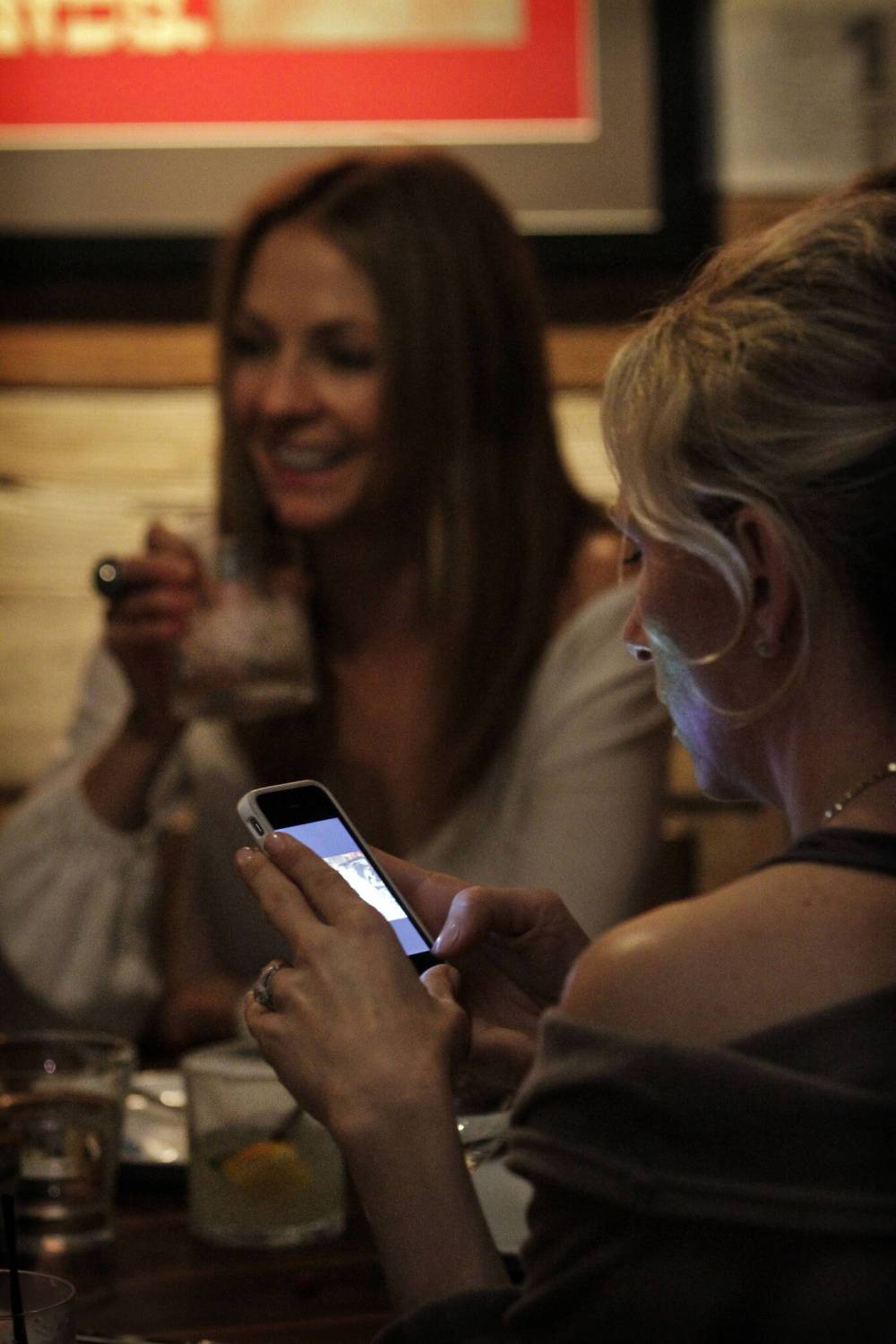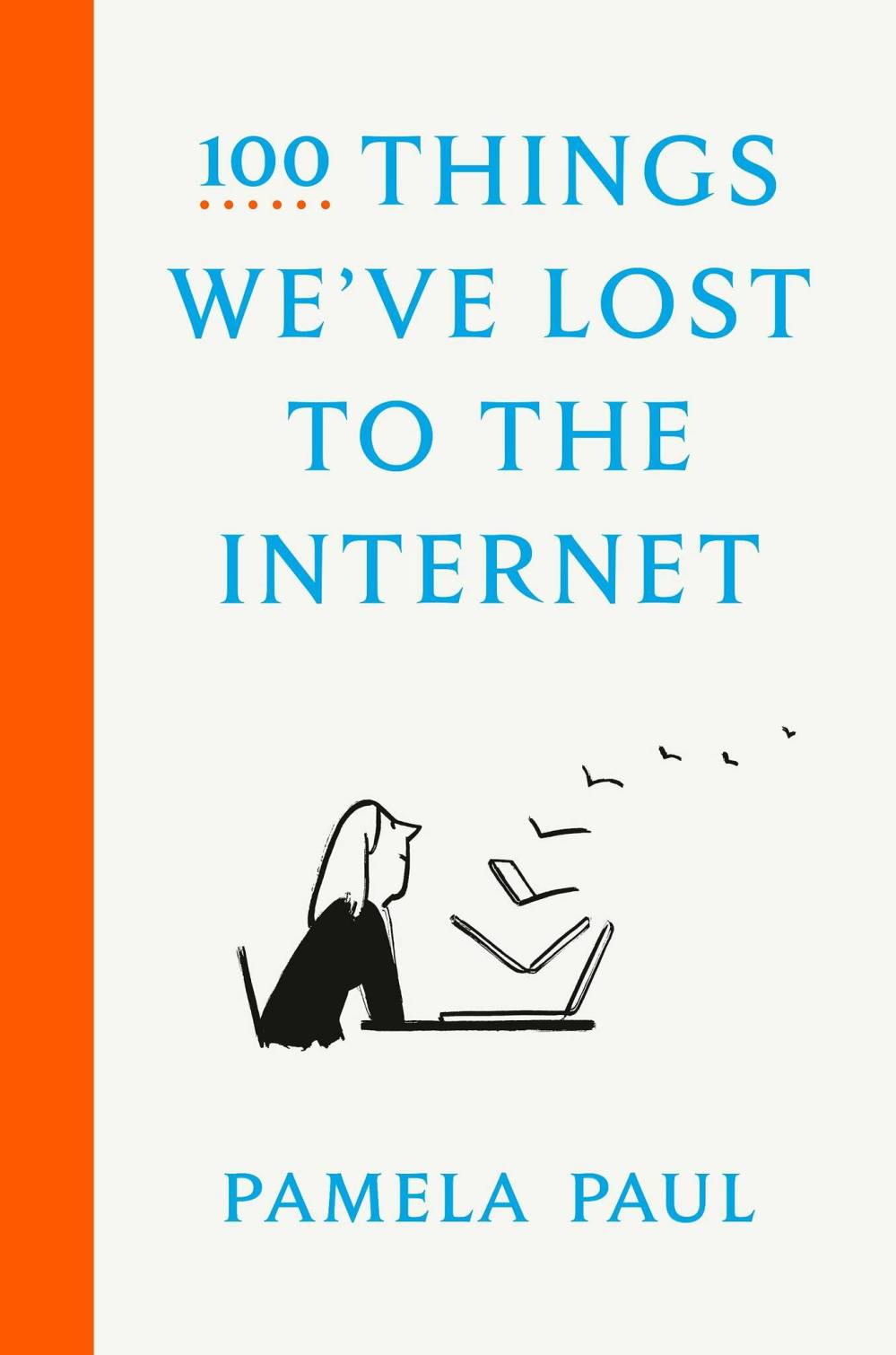Digital distractions
For better and worse, advances in tech have altered the way we interact
Advertisement
Read this article for free:
or
Already have an account? Log in here »
To continue reading, please subscribe:
Monthly Digital Subscription
$0 for the first 4 weeks*
- Enjoy unlimited reading on winnipegfreepress.com
- Read the E-Edition, our digital replica newspaper
- Access News Break, our award-winning app
- Play interactive puzzles
*No charge for 4 weeks then price increases to the regular rate of $19.00 plus GST every four weeks. Offer available to new and qualified returning subscribers only. Cancel any time.
Monthly Digital Subscription
$4.75/week*
- Enjoy unlimited reading on winnipegfreepress.com
- Read the E-Edition, our digital replica newspaper
- Access News Break, our award-winning app
- Play interactive puzzles
*Billed as $19 plus GST every four weeks. Cancel any time.
To continue reading, please subscribe:
Add Free Press access to your Brandon Sun subscription for only an additional
$1 for the first 4 weeks*
*Your next subscription payment will increase by $1.00 and you will be charged $16.99 plus GST for four weeks. After four weeks, your payment will increase to $23.99 plus GST every four weeks.
Read unlimited articles for free today:
or
Already have an account? Log in here »
Hey there, time traveller!
This article was published 27/11/2021 (1477 days ago), so information in it may no longer be current.
Remember daydreaming on a park bench or on the bus as you rode to work? How about spending holiday time with your family and friends sharing conversation and good food?
In both cases, you and others weren’t distracted by electronic beeps signalling incoming messages or by the niggling need to check Facebook or Instagram for updates. In 100 Things We’ve Lost to the Internet, Pamela Paul explores societal and personal changes experienced by most North Americans due to the digital revolution of the past few decades.
Paul, editor of the New York Times Book Review and host of the weekly Book Review podcast, is 50 and a Gen X member, but old enough to remember the time when we weren’t constantly online in our homes and workplaces. She examines the major and minor ways the ever-beckoning information highway has changed our lives.

Her first chapter deals with boredom. Those of us over a certain age can recall foolishly telling a parent that we were bored during summer vacation or on a sleepy Sunday afternoon. Naturally, our parent’s response was an order to clean our room, help to fold laundry or complete another household chore. “But we have solved this because there is no more boredom,” Paul says. “There are no empty moments and the mere thought of it — and who has time to think about it? — seems absurd.”
Gone are the days when family car trips meant counting red cars or fighting with siblings in the backseat, as children now have their own devices for games, videos or other entertainment. It’s only the driver who’s still stuck focusing on the road and not a screen (hopefully).
On the flip side, while we are hard-pressed to find time to be bored, that down time can be extremely valuable. We need time to think and fire up our creativity. Just think of the inventions we might have missed out on if great thinkers of the past spent their spare time playing Minecraft.
Conversing with family and friends around the dinner table at home or in a restaurant is also becoming a thing of the past. Some parents struggle to ban children’s devices at mealtimes, but it’s usually a losing battle. Looking around a restaurant, we see diners with their heads down and thumbs active. You don’t have to try to make awkward conversation with your tablemate anymore. However, Paul cites a University of Virginia experiment showing that diners who didn’t access their phones during a meal with friends gave their experience a higher overall enjoyment rating as compared to those who kept their phones.
The divide between real life happening in front of us and the separation offered by an electronic device is evident at today’s concerts. Instead of simply enjoying watching an entertainer and listening to their music, many opt for holding up their phones to record the show. Apparently pop star Adele took a front row fan to task for this, telling them that she was really there in real life, so there was no need to film her.

While some of the changes Paul writes about are more positive than negative — who really wants to return to the days of filing paper records? — others carry troubling consequences. For example, youngsters who mainly interact with peers through digital means lack the opportunity to develop interpersonal social skills. This concern was heightened over the past year and a half, when many students were forced to use online learning as classrooms closed due to COVID restrictions.
Children learn social cues when interacting with others, and digital dialogue doesn’t foster these skills. The chance of misunderstanding others’ words is amplified when reading an email or text message, even when adorned with an appropriate emoji. “It’s hard to read the room when you’re not physically in the room or to gauge another person’s facial expression when you’re texting,” Paul writes.
Paul raises many good points in an entertaining manner. 100 Things will appeal to those who remember the days of fighting over using the family’s single wall phone, or who miss being greeted by a friendly office receptionist or bank teller who remembers your name.
Andrea Geary is a Winnipeg freelance writer who keeps her phone in her purse when dining out.



